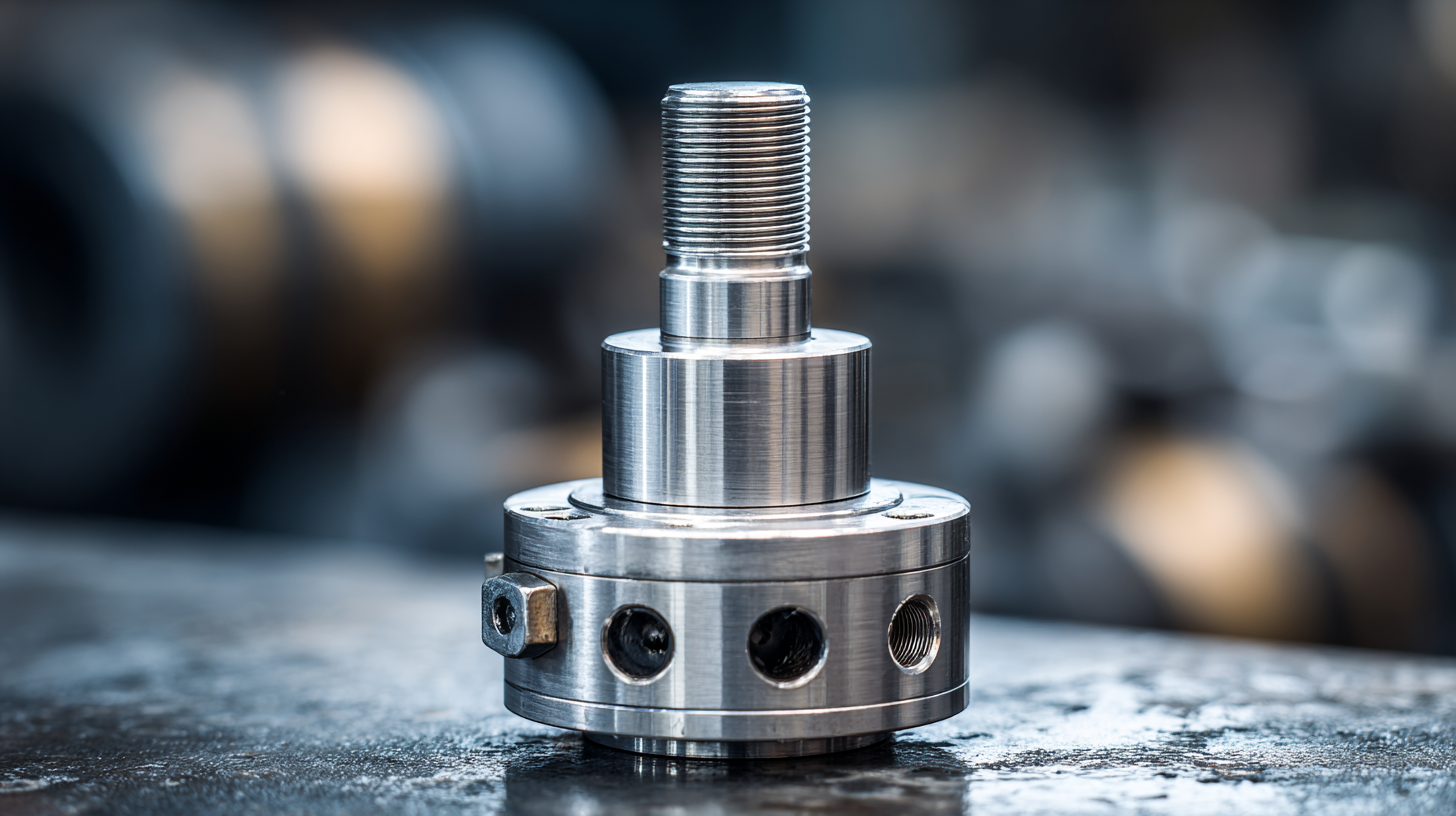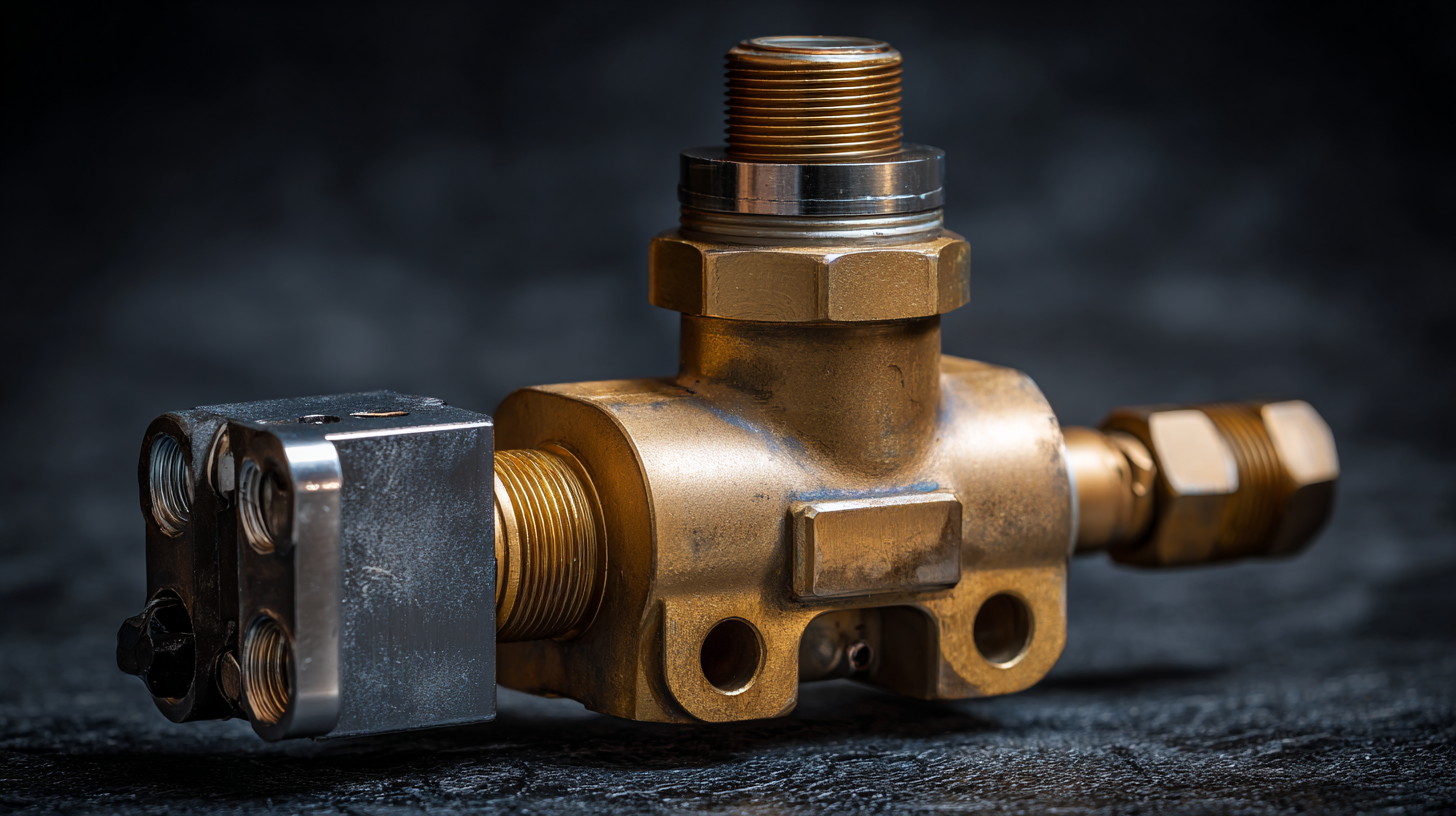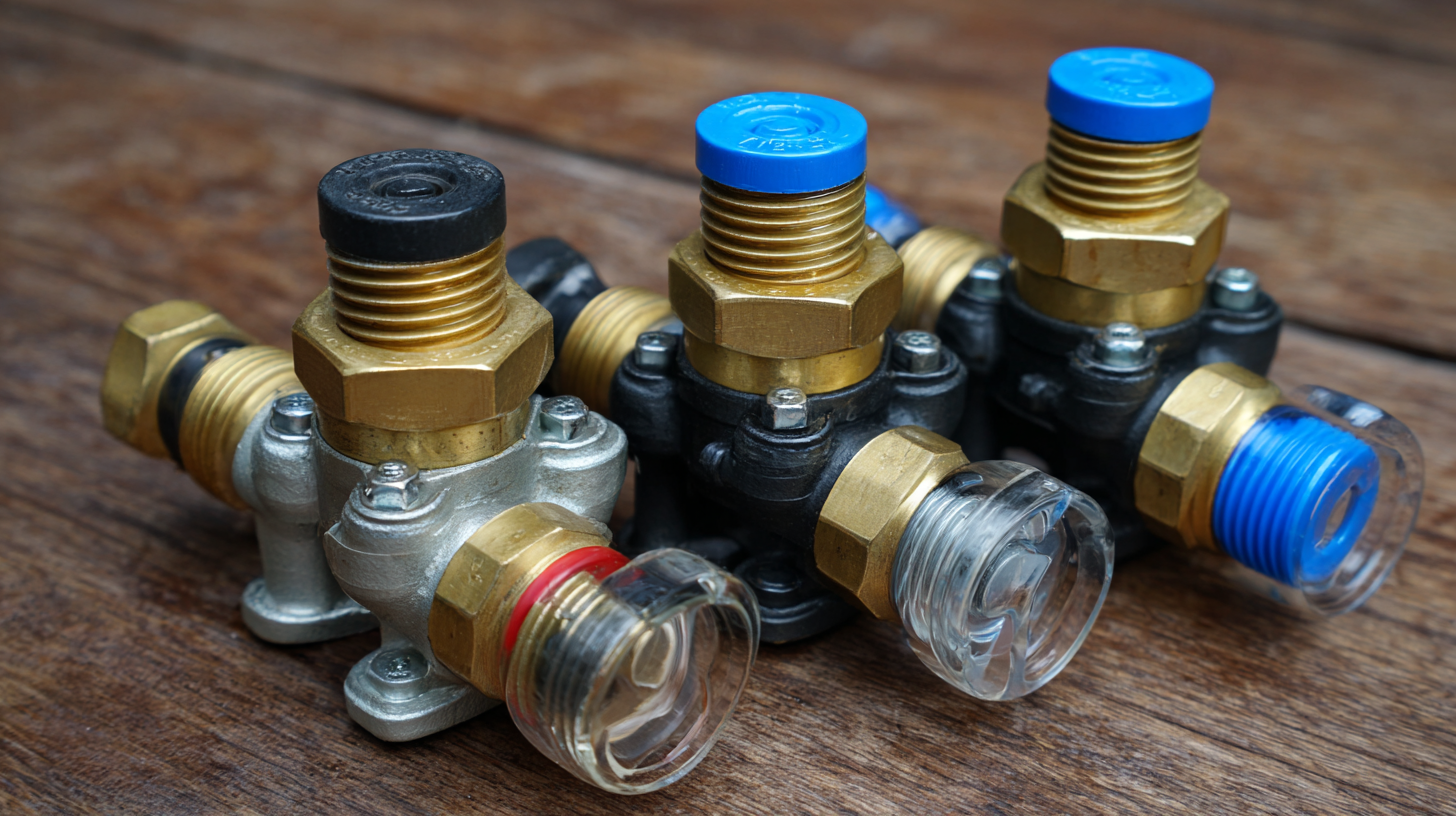5 Tips for Choosing the Best Hydraulic Pressure Regulator for Your Needs
As industries continue to prioritize efficiency and precision, the demand for hydraulic pressure regulators is steadily increasing. According to a recent market analysis report by ResearchAndMarkets, the global hydraulic pressure regulator market is expected to reach $2.3 billion by 2025, driven by advancements in automation and increased investment in hydraulic systems. This surge highlights the critical role that hydraulic pressure regulators play in maintaining system efficiency and protecting equipment from damaging pressure fluctuations. Choosing the right hydraulic pressure regulator can significantly impact operational performance and cost-effectiveness, especially in sectors such as manufacturing, construction, and automotive.

In this blog, we will explore five essential tips to help you select the best hydraulic pressure regulator to meet your specific needs, ensuring optimal performance and longevity in your hydraulic systems.
Understanding Your System Requirements for Hydraulic Pressure Regulation
When it comes to selecting the best hydraulic pressure regulator for your system, understanding your specific requirements is paramount. Every hydraulic system operates differently, influenced by factors such as load conditions, fluid types, and operational environments. Therefore, the first step is to clearly identify the the regulator will serve, whether it's controlling pressure for operational efficiency or maintaining system safety under fluctuating loads.
Considerations such as the characteristics of your hydraulic system—like its response to disturbances—play a significant role in your choice of regulator. For instance, recent advancements in pressure control technologies, such as those utilizing sliding mode active disturbance rejection, address issues like motion disturbances and loading accuracy, which enhance overall performance. These innovations highlight the importance of tailoring your hydraulic solutions to meet the specific demands of your applications.
Moreover, evaluating the design of control mechanisms is critical. Implementing modern technologies, like adaptive algorithms in hydro-mechanical systems, ensures that your hydraulic pressure regulator can adapt to variable conditions and improve energy efficiency. Attention to these details will not only enhance functionality but also contribute to a more sustainable and cost-effective operation.
Key Features to Look for in Hydraulic Pressure Regulators
When selecting a hydraulic pressure regulator, it's essential to consider features that will ensure optimal performance tailored to your specific applications. One key aspect is the pressure range the regulator can accommodate. High-performance hydraulic systems, especially in the automotive industry projected to grow from $47.43 billion in 2023 to $57.80 billion by 2030, require regulators that can manage elevated pressures while maintaining stability and efficiency.

Another crucial feature to evaluate is the flow capacity of the regulator. Regulators with higher flow rates are vital for systems that demand rapid response and precise control. Additionally, the design and sealing mechanisms of the regulator can significantly influence reliability and maintenance. For instance, advancements in sealing structures, as seen in recent studies on water hydraulic directional valves, highlight the importance of durability and the ability to handle various media, including alternatives to traditional hydraulic oils.
Lastly, user-friendly installation and adaptability to various system configurations can greatly enhance the overall functionality of hydraulic pressure regulators. As the market evolves with innovations like the latest displacement pumps featuring enhanced hydraulic pressures, selecting the right regulator will be critical in maximizing the efficiency and effectiveness of hydraulic systems in diverse applications.
Comparing Pressure Regulator Types: Which Is Right for You?
When selecting a hydraulic pressure regulator, understanding the various types available can make a significant difference in meeting your specific needs. Typically, there are two primary categories of pressure regulators: adjustable and fixed pressure regulators. Adjustable regulators offer flexibility, allowing users to set the desired pressure for different applications. Reports indicate that flexible systems can increase efficiency by up to 30% in many industrial applications. In contrast, fixed pressure regulators are designed for stable environments where pressure consistency is critical, making them ideal for applications with less variability.
One key tip is to consider the flow rate required for your operations. Regulators with higher flow rates can handle larger volumes without compromising performance. It’s also essential to evaluate the materials used in the regulator, especially if your applications involve corrosive substances. Opting for regulators made with stainless steel or specialized alloys can enhance durability and longevity.
Another critical factor is the pressure range. Ensure that the regulator you choose can accommodate the pressures typical for your hydraulic system. A mismatch between the regulator capacity and system requirements can lead to operational inefficiencies or even equipment failure. By carefully comparing these aspects, you can ensure that you select the most suitable hydraulic pressure regulator for your needs.
5 Tips for Choosing the Best Hydraulic Pressure Regulator for Your Needs - Comparing Pressure Regulator Types: Which Is Right for You?
| Type | Application | Pressure Range | Flow Rate | Adjustment Type |
|---|---|---|---|---|
| Direct Acting | General Industrial Use | 0-5000 psi | Low to Medium | Manual |
| Pilot Operated | Heavy Machinery | 0-6000 psi | High | Automatic |
| Adjustable | Research and Development | 0-3000 psi | Variable | Manual |
| Electronic | Precision Applications | 0-8000 psi | Very High | Automated |
| Back Pressure Regulator | Gas and Liquid Systems | 0-4000 psi | Medium | Self-regulating |
Maintenance Considerations for Long-lasting Hydraulic Pressure Regulators
When it comes to hydraulic pressure regulators, proper maintenance is crucial for ensuring their longevity and optimal performance. Regular inspection and cleaning of the regulator help prevent the buildup of contaminants that can lead to malfunction. Additionally, checking for leaks and ensuring all fittings are tight can prevent pressure loss and further damage to the system.
One key tip for choosing the right hydraulic pressure regulator is to understand the specific requirements of your hydraulic system. Different applications may demand varying pressure settings and flow rates, so selecting a regulator that aligns perfectly with these needs is essential.
Another important factor to consider is the material and design of the regulator. Opt for durable materials that can withstand the operating environment and temperature fluctuations. Implementing these considerations alongside routine maintenance checks will significantly enhance the lifespan of your hydraulic pressure regulators, ensuring reliable performance over time.
5 Tips for Choosing the Best Hydraulic Pressure Regulator
This bar chart illustrates the importance ratings of various considerations when choosing a hydraulic pressure regulator, with durability and material quality ranking the highest. Each factor receives a score between 1 and 10, indicating its significance in the selection process.
Budgeting Wisely: Cost vs. Quality in Hydraulic Pressure Regulators
When selecting a hydraulic pressure regulator, balancing cost and quality is essential for achieving optimal performance without breaking the bank. Investing in a high-quality regulator may require a higher upfront expenditure, but the long-term benefits often outweigh the initial costs. Superior materials and craftsmanship ensure enhanced durability, reliability, and precision in pressure control, which can lead to improved operational efficiency and decreased maintenance costs over time.

On the other hand, opting for the cheapest solution can lead to frequent replacements and performance issues, ultimately resulting in higher expenses. It's crucial to assess your specific needs and the environment in which the regulator will operate. By considering factors such as pressure range, flow capacity, and compatibility with existing systems, you can make an informed decision. Always remember, quality regulators not only prevent costly downtimes but also enhance safety, making them a wise investment compared to their budget counterparts. Choosing wisely means prioritizing performance and longevity while still being mindful of your budget.
